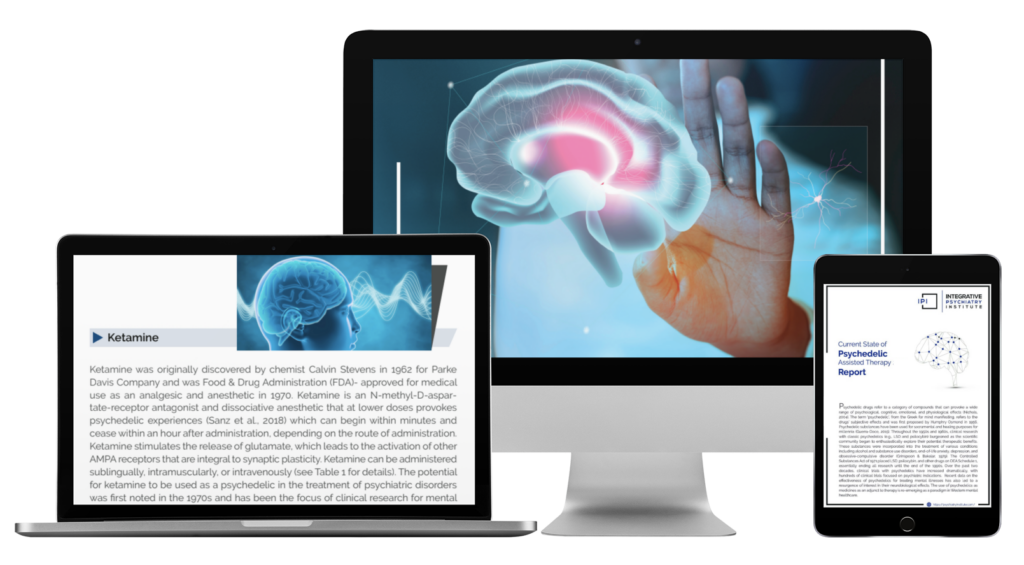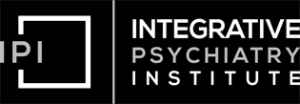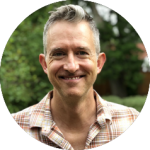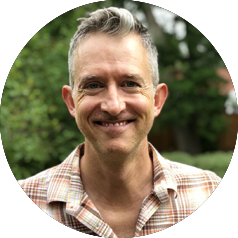Watch our short video as Dr. Dan Engle shows us the pathophysiology of Traumatic Brain Injury (TBI).
FULL TRANSCRIPT
These are going to be novel approaches to TBI only because the standard care doesn’t really utilize a lot of these methodologies, even though they have really good data. Part of what happens in neurology, that can be consistent with psychiatry too, is we have excellent diagnostics and fairly lousy therapeutics.
I’ve learned from a variety of different therapeutic models and other integrative approaches, and we really take a transdisciplinary approach to TBI.
Pathophysiology of TBI
- Sheering Forces
- Axonal and Pituitary Injury
- Inflammatory Cascade
- Weakening of BBB
- G-E-N-I-E Disruption
The pathophysiology of TBI, traumatic brain injury, what happens is you typically have this acceleration deceleration injury. The force that happens isn’t necessarily like the tofu brain bouncing around a really sharp, hard skull, as much as it is the force that includes the brain moving in a particular trajectory, and then all of a sudden stopping really fast.
PCS Symptoms = 3+ for > 3 mons. (+/- LOC)
When these symptoms, being three or more, that are necessary over a period longer than three months post injury that does not have to include loss of consciousness. That’s a really important one, these symptoms that are related to concussion for sure, but what we’re talking about here is post-concussive syndrome. These symptoms lasting for longer than three months: problems with concentration, memory (those are more cognitive performance measures), mood dysregulation, sleep challenges, chronic headaches, light noise sensitivity. This is super common. And it’s almost pathognomonic for post concussive issues.
Targeted Innervations
G-E-N-I-E
So targeted interventions we’re looking for is the Genie and what is the thing that’s sticking up so to speak, what’s the biggest barrier to entry for healing?
Most mild to moderate TBI will spontaneously heal on their own. When they don’t, there’s usually something blocking. That’s why they’re seeing you. If they were already spontaneously healed, they wouldn’t need to see you. So diagnostic testing, your basics are your routine unit basic lab panels, blood chemistry panels, hormone markers, Detoxigenomics, oxidative stress markers, quantitative EEG brain mapping, essentially be able to show how the brain is functioning.
Most vets that I speak to, athletes too, but this is constantly something that vets will say, they’d rather have their leg blown off than their head blown up, because this is an invisible illness. It’s super frustrating for people to go through this because nobody else can know what post-concussive syndrome is like, and it doesn’t look like anything from the outside because you’re not wearing a cast, you’re not on crutches, you don’t have an obvious limb malformation post injury, so it’s hard to get other people on your map.
Detoxification
O.P.E.N.
You just should know that sometimes the brain is not healing from a head trauma because it’s got toxicity. And what are those toxicities? I use the acronym O.P.E.N. Essentially, we’re trying to open up the channels for detoxification. That can really look like opportunistic infections, the big one being viruses, EBV and CMV. And it doesn’t have to be somebody who lives in a high, humid environment. Sometimes it’s a person who got traumatized when they were in a mold exposed environment, and there’s residue still there. There’s not a whole lot of mold there because it tends to be an arid, low humidity environment. But if you start unpacking the history, then it could have been somebody who got injured or exposed when they were living somewhere else.
Lifestyle Support – D.R.E.A.M.S.
And then lastly, D.R.E.A.M.S.
This is the acronym for diet, rhythm, energetics, attitude, movement, and sleep. This is everything in the umbrella of lifestyle support. I like this acronym too, because we’re trying to do two things. We’re trying to help people get into restorative sleep, which oftentimes includes more dream recall. But you also want to help people move through their challenge in order to realize their dreams. So when you can help somebody realize their dreams, you’ve just started to exponentially benefit that person’s life and then everybody they come into contact with.







